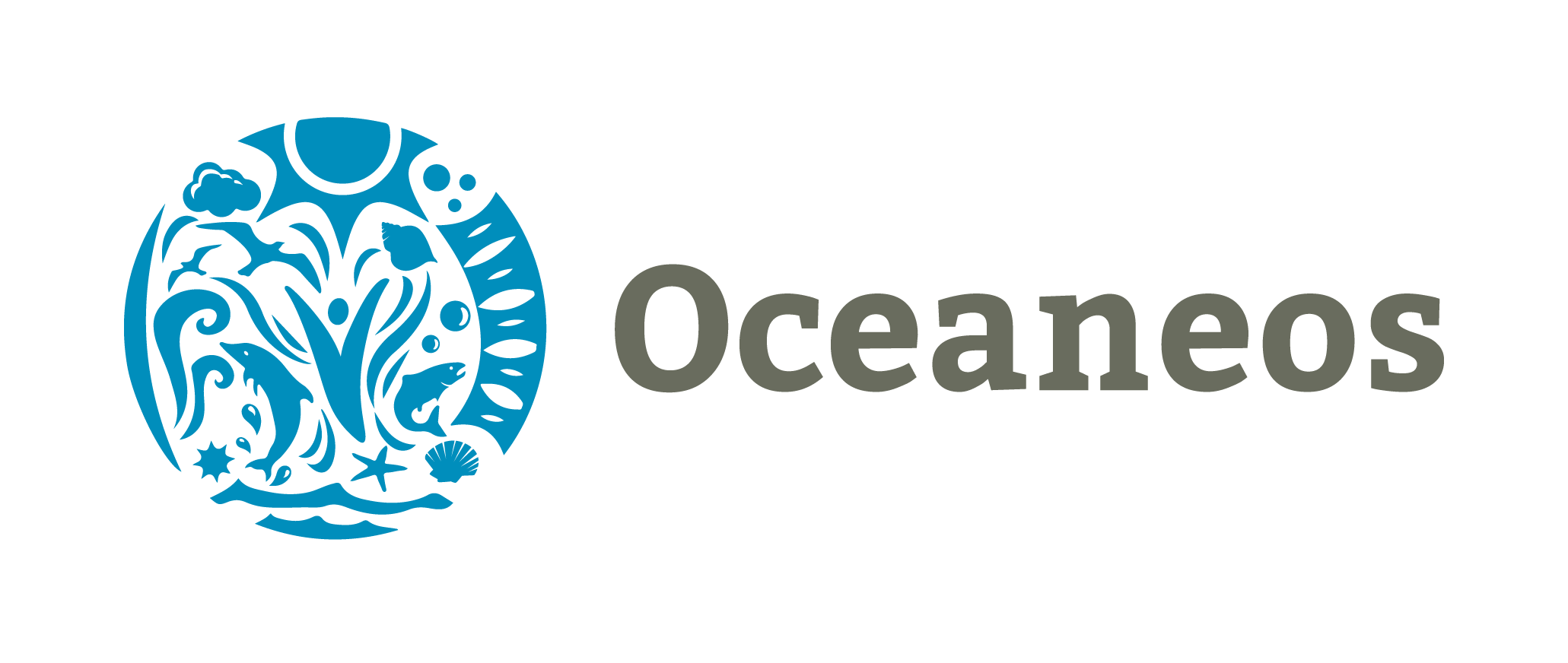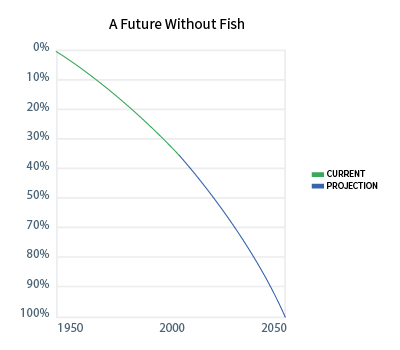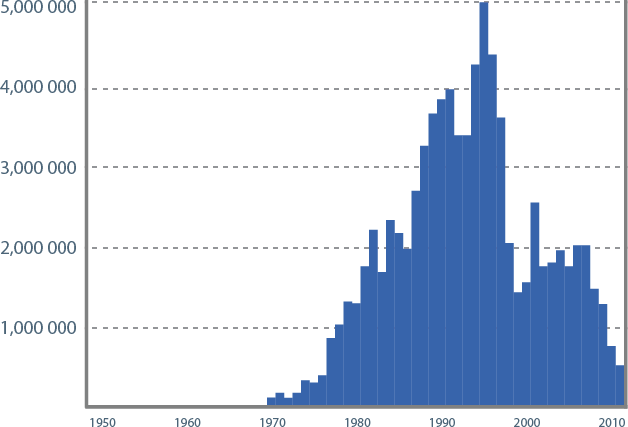Collapsing Fisheries – Have We Reached the End of the Line?
Fish is important to humans not only as a source of food, but also as an emblem of cultural identity. In 2013, global fish consumption was at a record high of 37 pounds per person per year. Reports suggest that people eat four times as much fish today as they did in 1950. Given that the human population has roughly doubled since then, this represents an almost eight-fold increase in fish consumption worldwide. This does not take into account the vast quantities of fish that are harvested to service the aquaculture and agricultural industries. If the world’s wild fish resources are to survive, such practices are no longer sustainable.
A new study suggested that overfishing could lead to a catastrophic loss of marine species and global fisheries cease to exist by 2050.
The numbers are disconcerting. According to the United Nations Food and Agricultural Office (FAO), approximately 85% of global fish stocks are currently overexploited, depleted or in recovery from exploitation. Fewer than 100 cod over the age of 13 years have been reported in the North Sea between the United Kingdom and Scandinavia. As a result, biologists fear that ecosystems are losing fish before they even reach reproductive maturity. It follows that seabirds, whales and other animals that depend on these fish for food are also in decline.
The evidence is right in front of us: we see it in the collapse of the Grand Banks cod fishery and in that of the South American whitefish fisheries, as well as in the dramatic decline of the Pacific salmon population. Overfishing, poor fishing practices and poor regulations are most certainly a large part of the problem; and yet, improved regulation and practices have had no marked effect on the health of fish populations.
While fish populations are being depleted, so are their habitats. In the Mediterranean and North seas, there are large areas of underwater desert or “dead” areas. These are the end result of poorly regulated harvesting methods – or more specifically – bottom trawling by heavily subsidized industrial-scale fleets. It has been reported that similar fleets are bottom trawling in tropical oceans; approximately one quarter of the European Union catches its fish outside European waters, which has a direct effect on areas such as the West African seas.
Causes of Fishery Collapse
Fishing with modern technology has been called the most destructive activity on earth. Trawlers can gather hundreds of thousands of kilos of fish in a day, a practice that is clearly not sustainable. According to the FAO, West African fisheries are overexploited and coastal fisheries have declined 50% in the past 30 years. The fish population in the tropics is expected to decline a further 40% by 2050, leaving the people who depend on it as a key source of protein with little or no food – or food security.
Subsidizing fishing fleets to catch diminishing stocks is an unsustainable policy to keep jobs within the fishing industry. However, it has become standard practice for countries that are seeing a decline in the fishing industry. For example, in Spain, one in three fish caught is paid for by subsidy; the same can be said about the East Coast of America and Japan. It is a short-term solution with long-term repercussions. Artisanal fishing catches half the world’s fish, yet it provides 90% of the sector’s jobs – evidence that subsidizing is an outdated concept.




 According to data from the Sustainable Fisheries Partnership, stocks have dropped from an estimated 30 million metric tons in the 1990s to less than a tenth of that today. In 2006, the South Pacific Regional Fisheries Management Organization was formed to protect fish, particularly jack mackerel. Over four years, 14 countries negotiated and developed an agreement aimed at building a sustainable fishery. To date, however, only six countries have ratified the agreement.
According to data from the Sustainable Fisheries Partnership, stocks have dropped from an estimated 30 million metric tons in the 1990s to less than a tenth of that today. In 2006, the South Pacific Regional Fisheries Management Organization was formed to protect fish, particularly jack mackerel. Over four years, 14 countries negotiated and developed an agreement aimed at building a sustainable fishery. To date, however, only six countries have ratified the agreement.